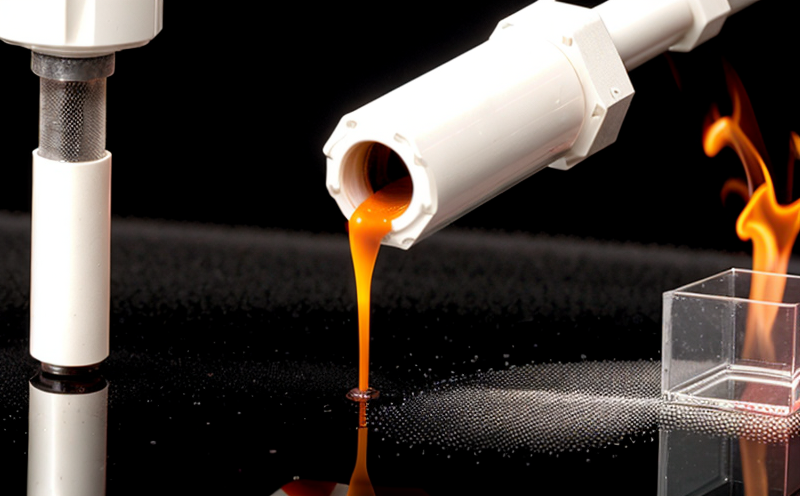OECD TG 301 Biodegradation Testing of Nanoparticles in Aquatic Environments
The OECD (Organisation for Economic Co-operation and Development) Test Guideline 301, specifically OECD TG 301, is a globally recognized framework designed to assess the biodegradability of organic chemicals in aquatic environments. This guideline has been extended to evaluate nanomaterials due to their unique properties which can significantly affect environmental systems.
This testing protocol involves the introduction of nanoparticles into controlled aquatic environments under standardized conditions. The goal is to observe and measure how these particles degrade over time, interact with microorganisms, and potentially release toxic substances that could harm aquatic ecosystems. Understanding biodegradation is crucial for predicting the environmental fate and effects of nanomaterials.
The OECD TG 301 provides a robust framework that ensures consistency in testing methodologies across different laboratories. This standardization helps regulatory bodies make informed decisions regarding the safe use and disposal of nanomaterials. Compliance with this guideline is essential for industries involved in nanotechnology, ensuring products meet environmental safety standards.
The test protocol typically involves several key steps:
- Preparation of the nanoparticle suspension at a specified concentration
- Culturing microorganisms that are representative of those found in aquatic environments
- Exposing the nanoparticles to these microorganisms under controlled conditions
- Monitoring biodegradation rates over a defined period (usually 28 days)
- Evaluation of degradation products and potential toxicity using various analytical techniques
The results from this testing provide valuable insights into the environmental behavior of nanomaterials. This information is critical for stakeholders involved in research, development, manufacturing, and regulation.
For accurate and reliable biodegradation testing of nanoparticles, it is essential to follow all guidelines meticulously. From specimen preparation to data analysis, precision and adherence to protocols are paramount. Our laboratory ensures that every step adheres strictly to OECD TG 301 standards, providing clients with trustworthy results.
Why It Matters
The biodegradation testing of nanoparticles in aquatic environments is crucial for several reasons:
- Environmental Impact Assessment: Understanding how nanomaterials degrade and interact with the environment allows us to assess potential risks and implement mitigation strategies.
- Regulatory Compliance: Meeting international standards ensures that products can be marketed globally without facing regulatory hurdles.
- R&D Insights: This testing provides valuable data for researchers developing new nanomaterials, helping them optimize formulations to enhance performance while minimizing environmental impact.
- Safety Assurance: By ensuring biodegradability, we can reduce the likelihood of long-term accumulation in ecosystems, protecting aquatic life and human health.
Given the increasing use of nanomaterials across various industries, the importance of this testing cannot be overstated. It plays a pivotal role in sustainable development and responsible innovation.
Benefits
- Enhanced Regulatory Compliance: Our services ensure that your products meet stringent environmental standards set by global regulatory bodies.
- Risk Reduction: By identifying potential risks early in the development process, we help minimize long-term liabilities for your company.
- Informed Decision-Making: Accurate test results provide critical information to guide product design and manufacturing processes.
- International Reputation: Demonstrating compliance with OECD guidelines enhances your brand's reputation as a responsible and environmentally conscious entity.
- Cost Efficiency: Early detection of potential issues through this testing can prevent costly rework or recall situations later in the product lifecycle.
- Scientific Validation: Our rigorous testing process provides robust data that supports scientific research and development efforts.
- Avoidance of Legal Issues: Compliance with international standards reduces the risk of legal disputes related to environmental impact.
The benefits extend beyond compliance; they contribute significantly to sustainable business practices and responsible innovation.





